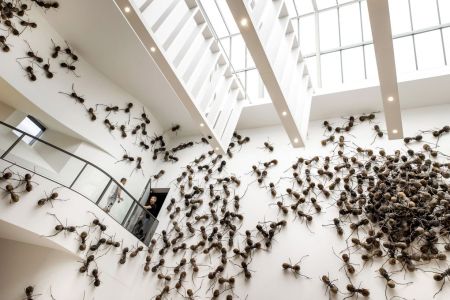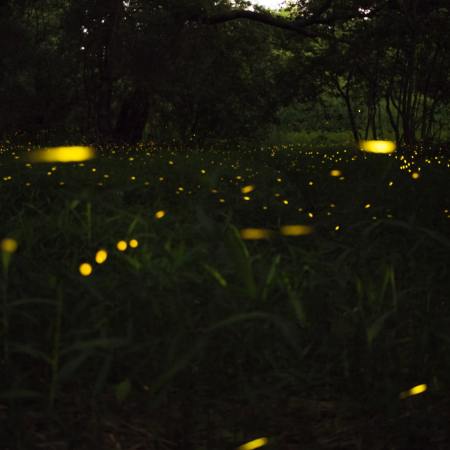There are plenty of things you can find when visiting a Walmart location, from groceries to sporting goods. Far lower on most Walmart visitors’ lists, assumably, are massive insects that date back to the Jurassic. And yet that’s precisely what one scientist came upon outside a Walmart location in Fayetteville, Arkansas — a discovery that’s now the subject of a recently published paper.
The paper, by Michael J. Skvarla and J. Ray Fisher, centers around the discovery of a specimen of Polystoechotes punctata, otherwise known as the giant lacewing — a type of insect that, besides its long history, was also once believed to be widespread in a certain region. In their abstract, Skvarla and Fisher note that this insect was “the first specimen recorded in eastern North America in over fifty years.” Why? As they write, Polystoechotes punctata “was extirpated from eastern North America by the 1950s.”
As Emily Schmall reported in the New York Times, this discovery was made almost a decade before work began on the paper. Skvarla had found the insect in 2012, but originally believed it to be an antlion. It wasn’t until he was teaching a class via Zoom during the pandemic, Schmall writes, that he had cause to revisit it — and realized that his initial identification was incorrect.
Amsterdam Art Museum Incorporates Real Bugs In a New Exhibition
There are also plenty of bugs in artAs the Times article points out, there are still questions as to why this giant lacewing happened to be at that particular store in Arkansas. It’s possible that it came there via another method of transportation, whether a truck or a train — or it’s possible that it’s part of a local population that’s remained elusive. It’s a mystery that science will need to spend some more time figuring out.
Thanks for reading InsideHook. Sign up for our daily newsletter and be in the know.


















